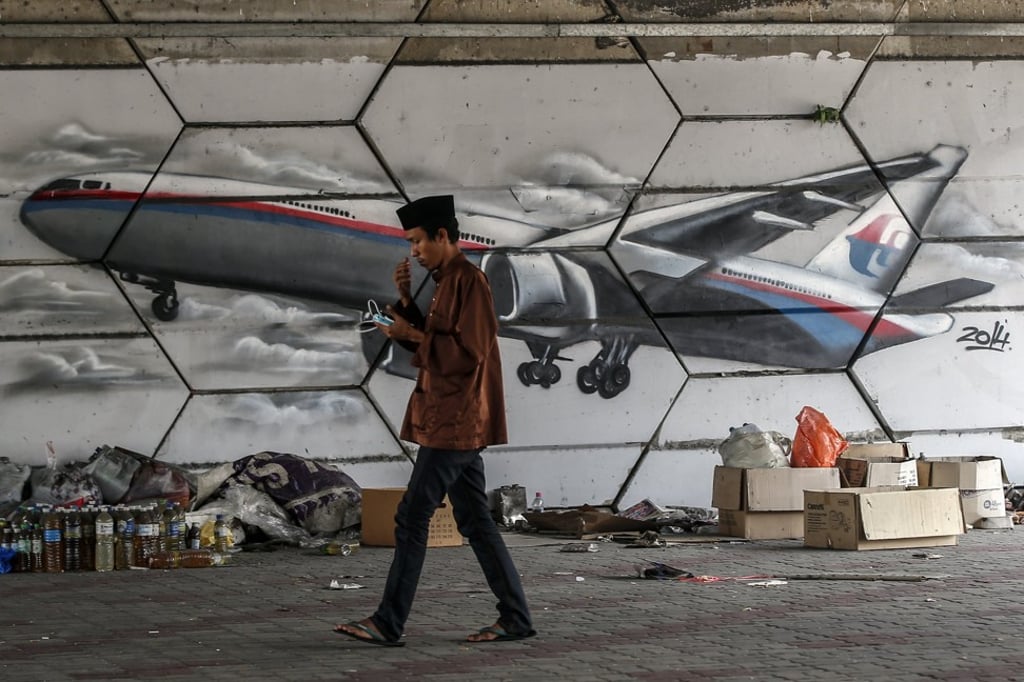‘Revolution in the skies’: UK and Canada launch satellite-based plane tracking system, in bid to avert another MH370
- The mysterious disappearance of MH370 five years ago spurred the development of the system
- The technology allows planes to be tracked anywhere on Earth, but will first be employed over the North Atlantic

A satellite air traffic surveillance system capable of tracking aircraft anywhere around the planet has been launched.
The system, which will start by tracking planes over the North Atlantic, has been developed to fill the holes in radar coverage – some 70 per cent of global airspace – that became apparent following the disappearance of Malaysia Airlines flight MH370 five years ago.

UK and Canadian air traffic control services will be the first to try out the system.
“For the first time in history, we can surveil all ADS-B-equipped aircraft anywhere on Earth,” said Don Thoma, chief executive of Aireon, the firm which has developed the new system.
Automatic dependent surveillance broadcast (ADS-B), which is used in the US and other airspace, automatically determines a plane’s location by satellite and broadcasts it. Planes will now be able to update constantly anywhere on Earth, by using the 66 satellites in the Iridium satellite constellation, enabling real-time tracking worldwide.